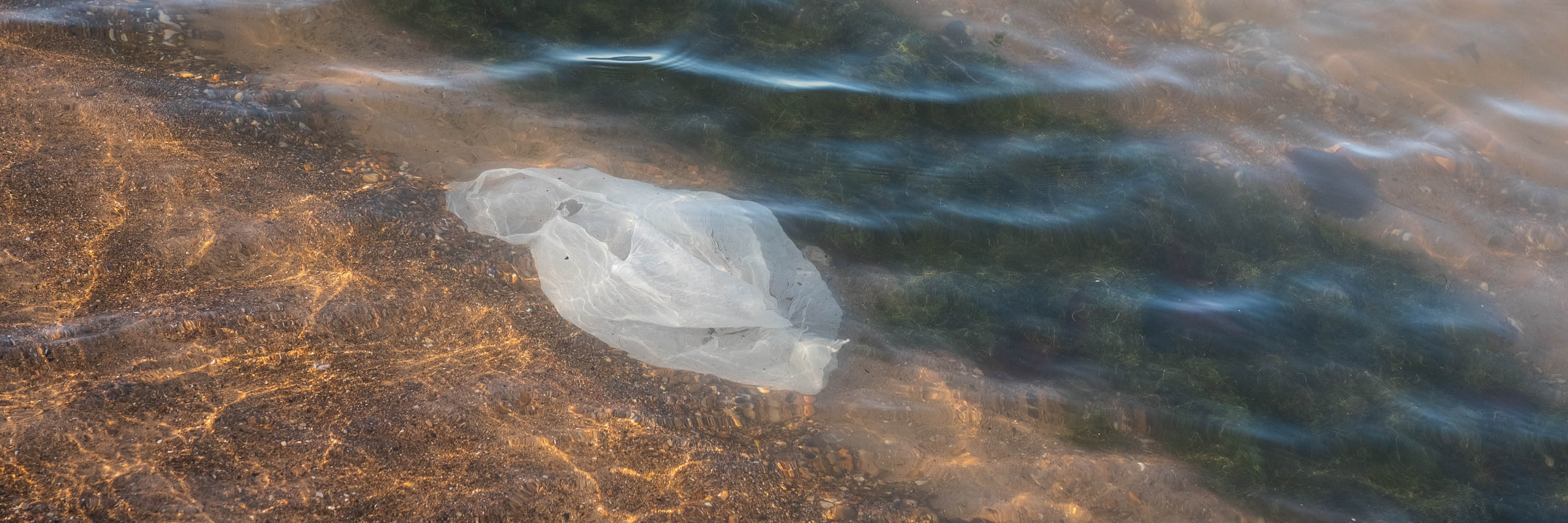
I’ve primarily documented plastic pollution from one beach, Kathy Osterman Beach in the Edgewater neighborhood of Chicago, Illinois. Though it might appear like this is a local issue, something that area residents or beach visitors are responsible for creating, the truth is a little more nuanced.
The truth is that the Great Lakes are massive, and they all are interconnected. Water from Lake Superior flows into Lake Huron and Lake Michigan, Lake Erie, and then into Lake Ontario — before making its way to the Atlantic Ocean via the St. Lawrence River.
Though my documentation focuses on a local issue, it highlights regional and international issues as well. Simply put, plastic pollution is a societal problem.
As a society, we consume too many single-use plastic products and discard them without much thought. Our intentions may be noble — we’ve placed the items into the recycling — but not all plastic products are created equal, and each piece of plastic presents their challenges when recycled.
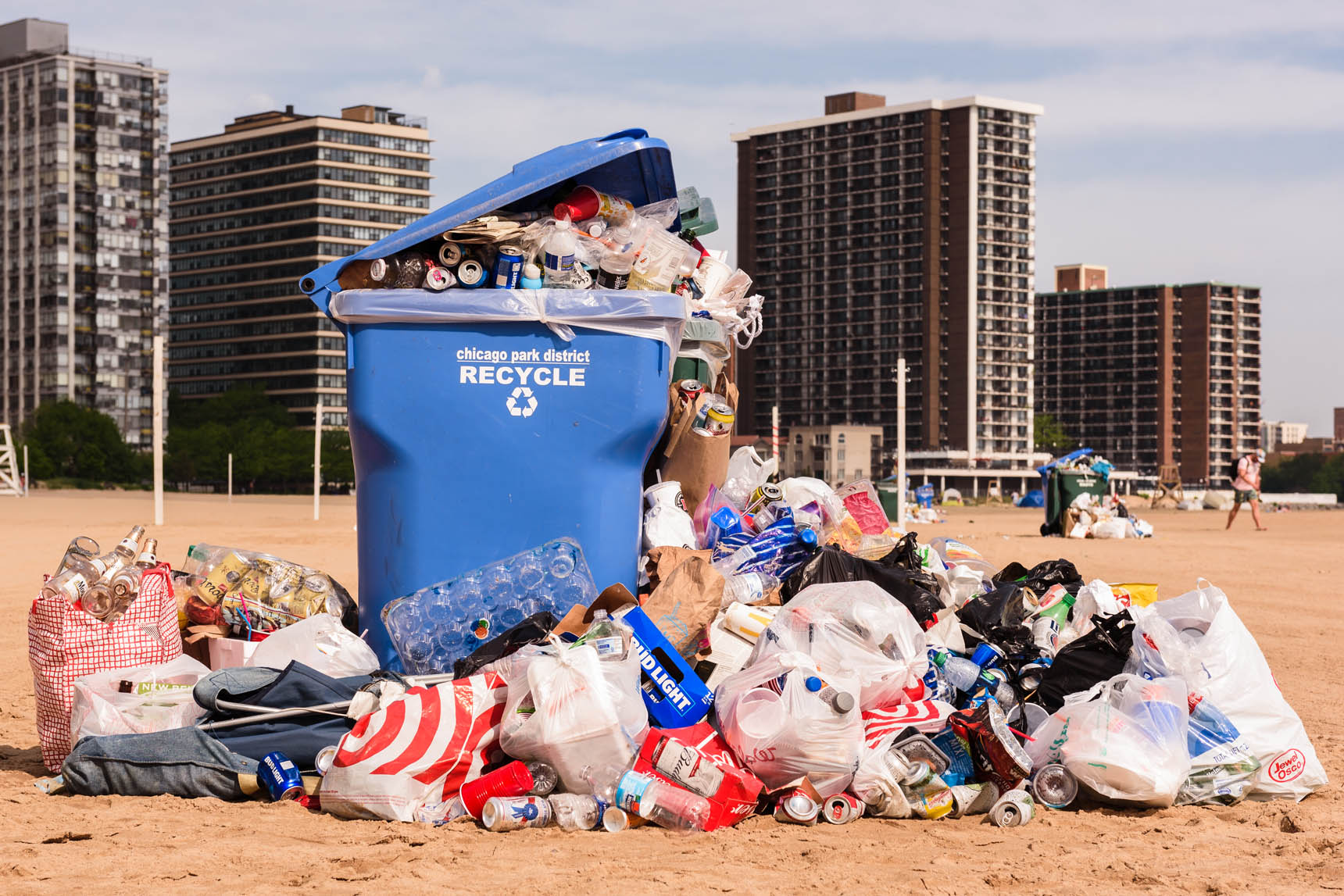
An overflowing bin with piles of trash placed next to it (May 28, 2018). Though this might feel like a local issue, it also highlights our societal reliance on single-use plastic products. You can learn more about beach trash from Memorial Day Weekend on my site, or you can watch this video I created that is a decent summary.
If we are looking for evidence of this larger societal context in scenes I’ve documented, we can see that in the microplastic fragments from the photographs created on May 13th and October 17th.
Microplastics are pieces of plastic that are smaller than five millimeters in length. They can be pieces of plastic that were manufactured at that size, or formed through the degradation of larger pieces of plastic. In these photographs, we can also see plastic nurdles — which are tiny plastic pellets that manufacturers use to make their products.
The introduction of plastic nurdles into the Great Lakes is mostly through human error — through accidental spillage during their handling and transportation. Because of their small, lightweight size, they make their way through the Great Lakes with the changing currents and wash ashore.
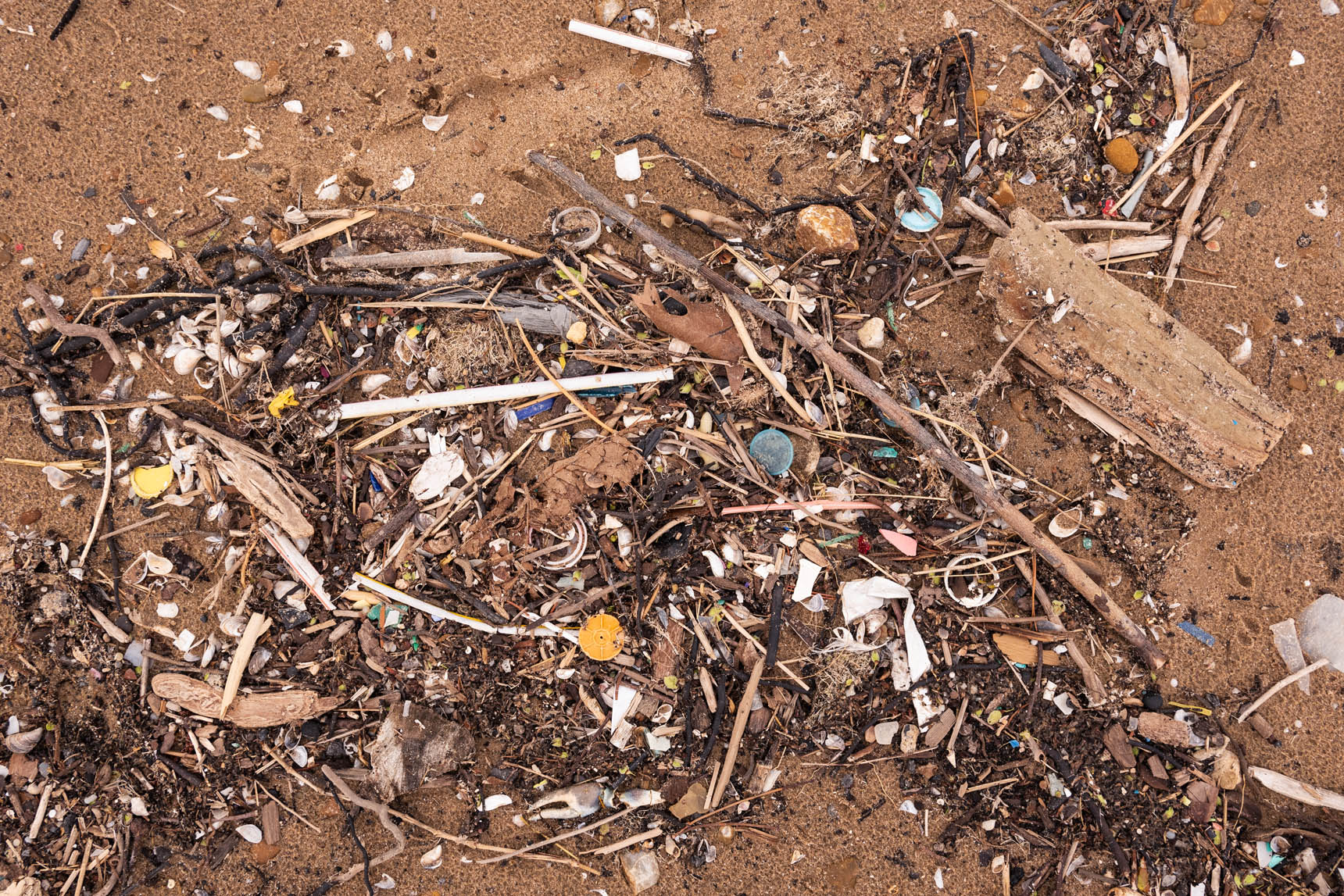
A pile of plastic and microplastic fragments washed ashore before the start of the beach cleaning season (May 13, 2018).
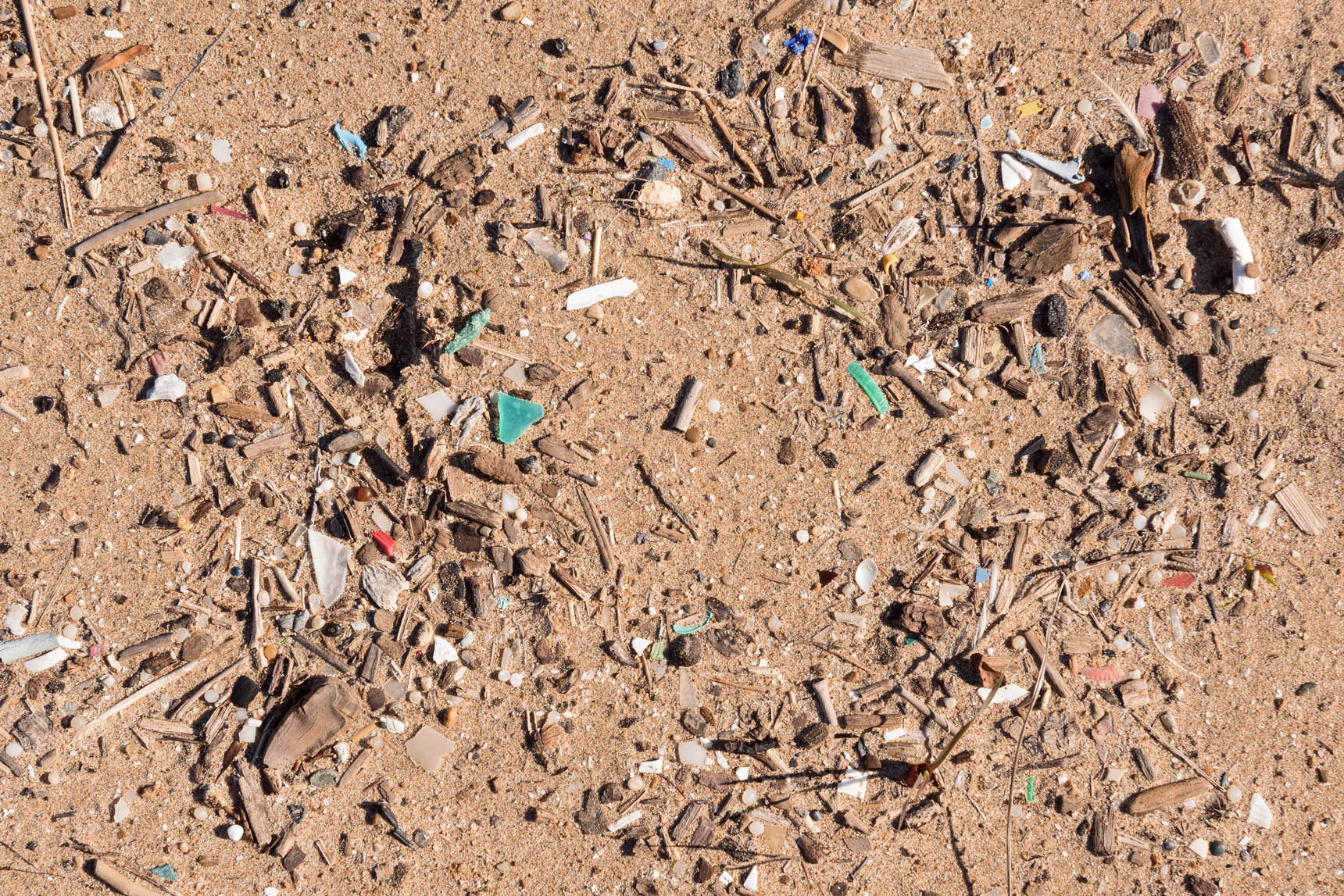
Microplastic fragments and plastic nurdles (October 17, 2018). The plastic nurdles are the tiny, round-shaped pieces of plastic that look a bit like hail.
Researchers have discovered plastic pollution in tap water, bottled water, beer, sea salt, fish, and in our poop. We may not feel that our actions have an impact or consequence, though the plastic products we use — and our methods of handling and disposal — have a significant effect on our environment.
Until we hold producers more accountable, until there are policy changes that curb single-use plastic consumption, the best way to reduce plastic pollution is through individual reduction and the refusal of plastic and single-use plastic products. It will not be possible to avoid plastic products entirely, but we can limit their use.
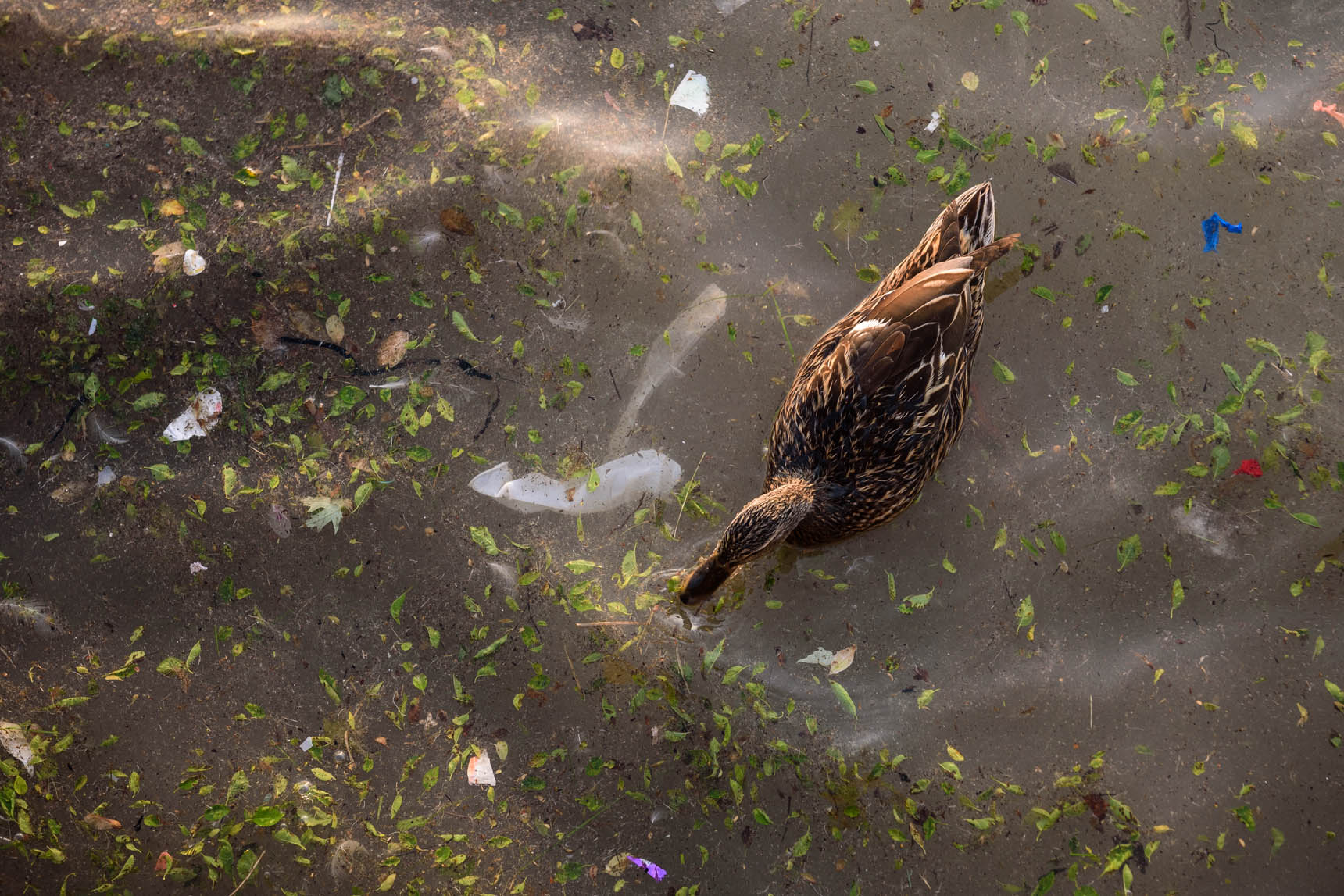
A duck swimming through plastic pollution, including wrappers, bags, balloon fragments, and a condom (May 28, 2018).
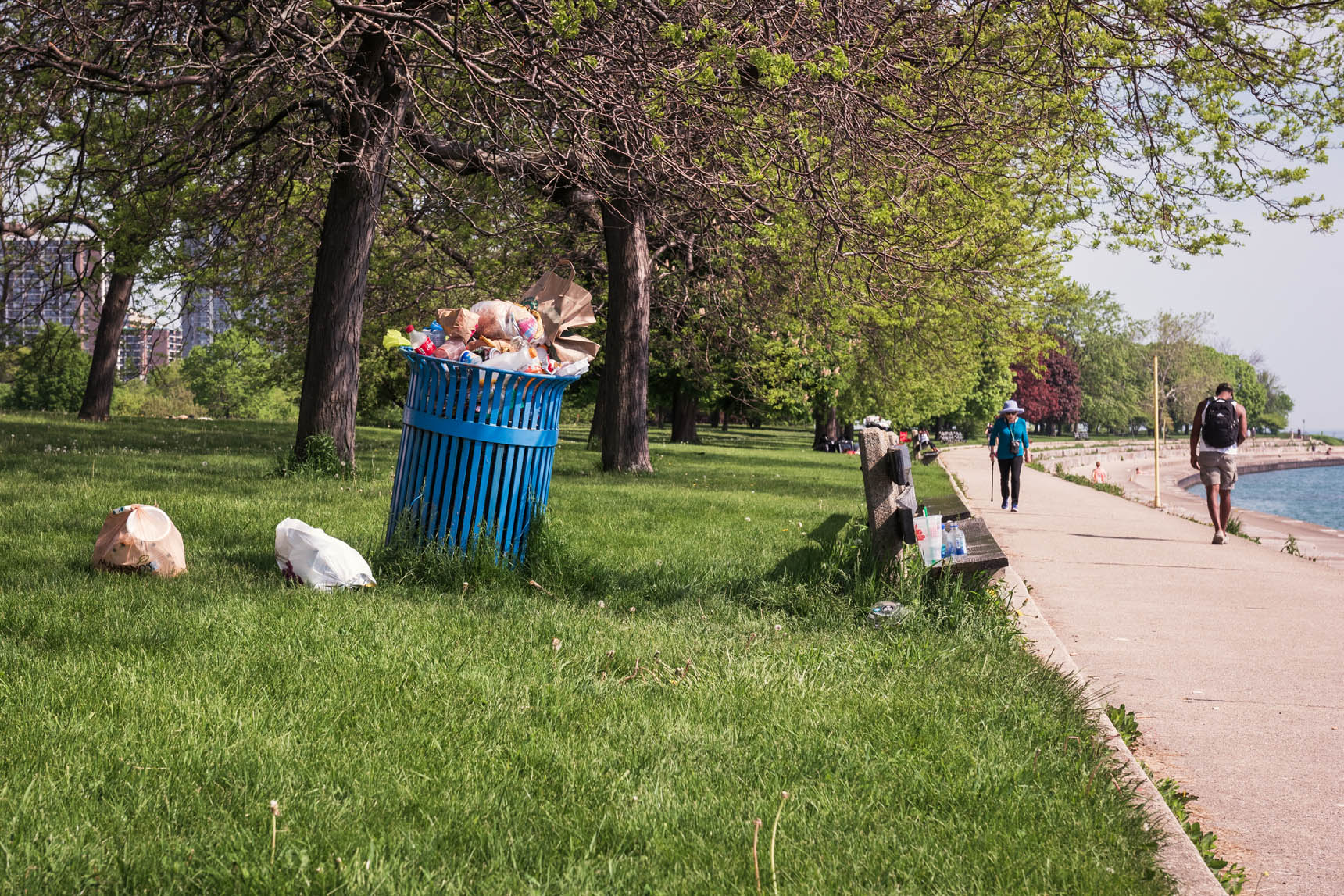
An overflowing trash can steps away from Lake Michigan (May 28, 2018).
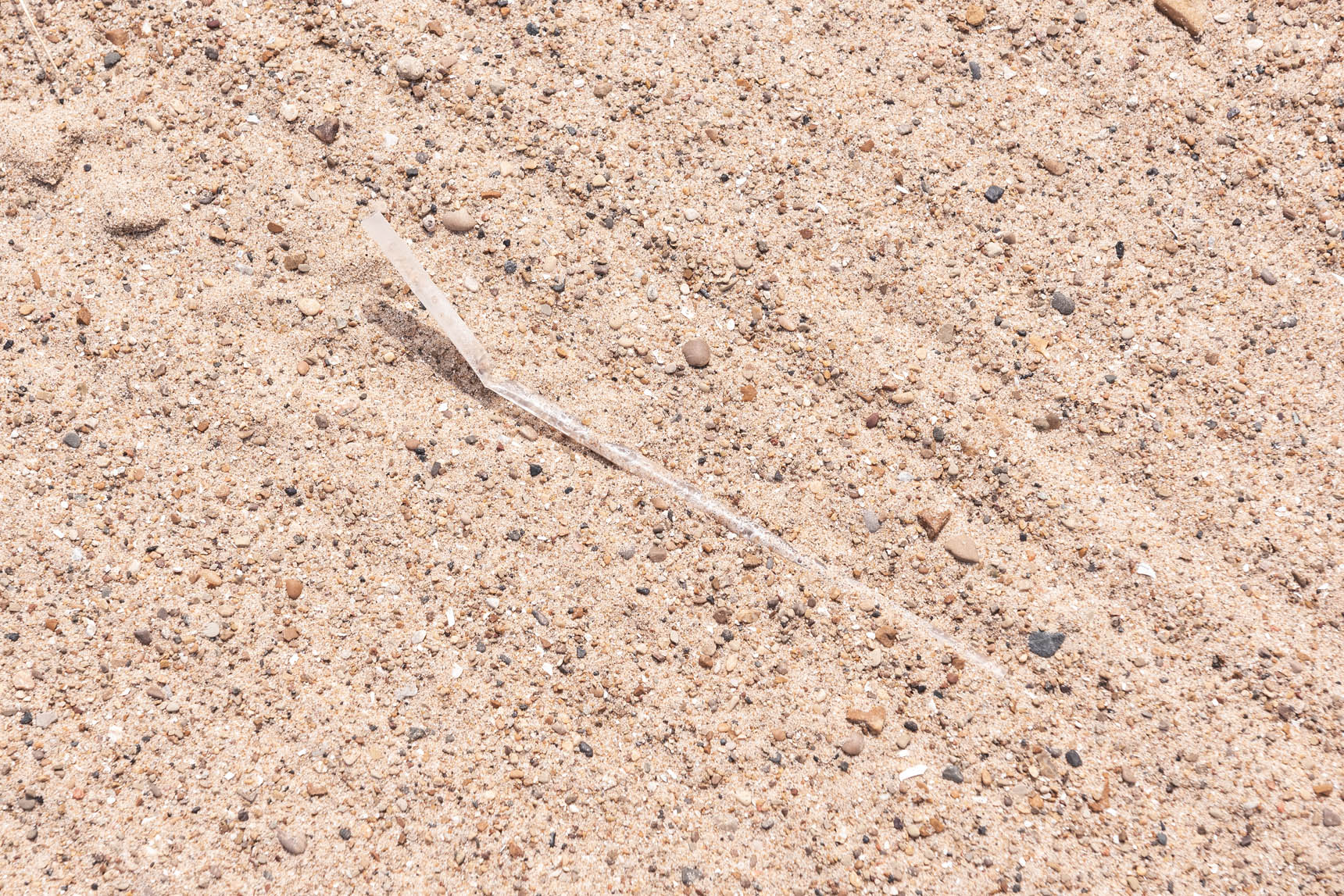
Smaller plastic items are harder to clean up and recycle — and they pose problems for a variety of machinery used in the process (May 29, 2018).
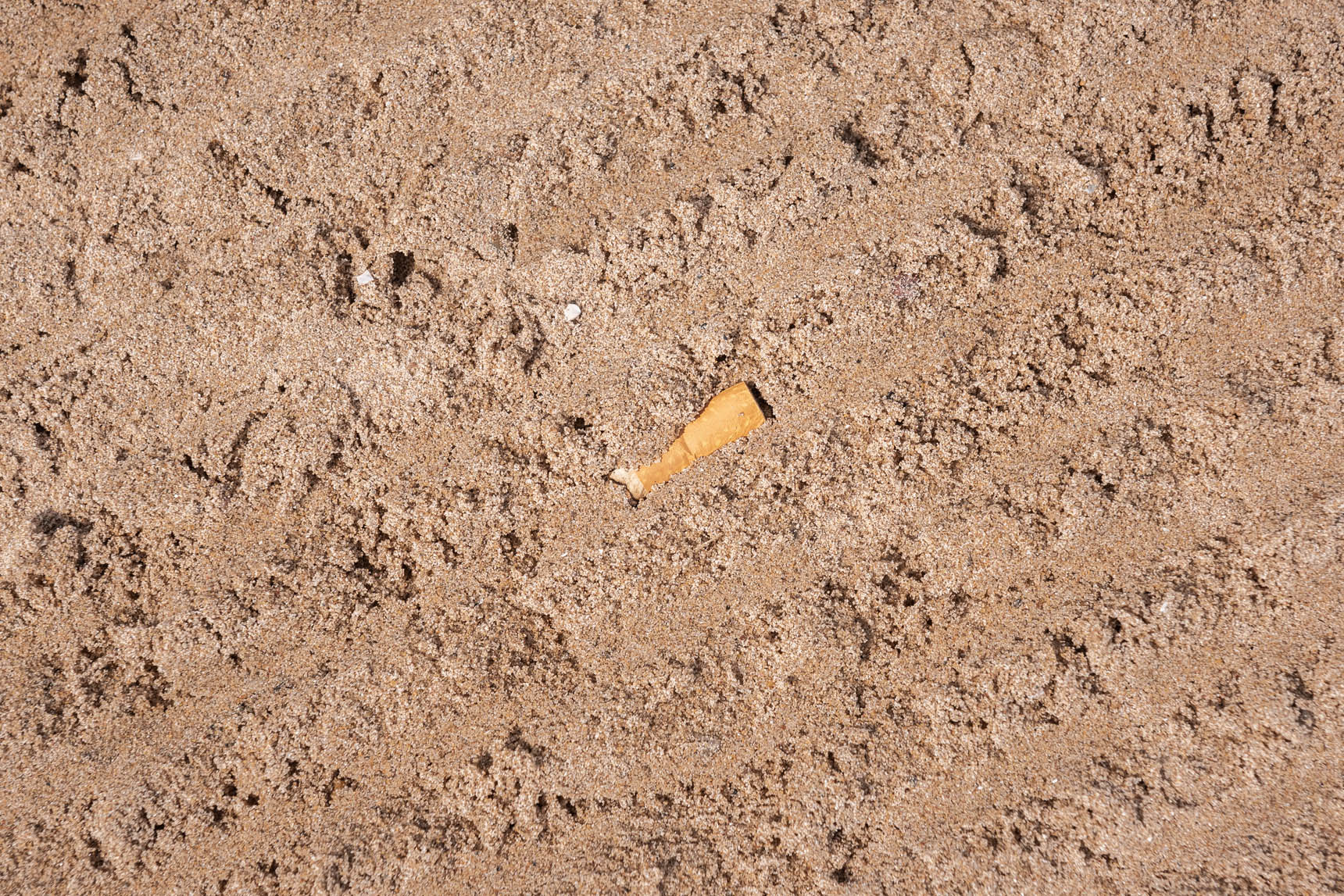
Cigarette filters are made of a type of plastic known as cellulose acetate and are a common form of litter. Not only do they transfer toxins into the environment, but they are also a source of microplastics (May 29, 2018).
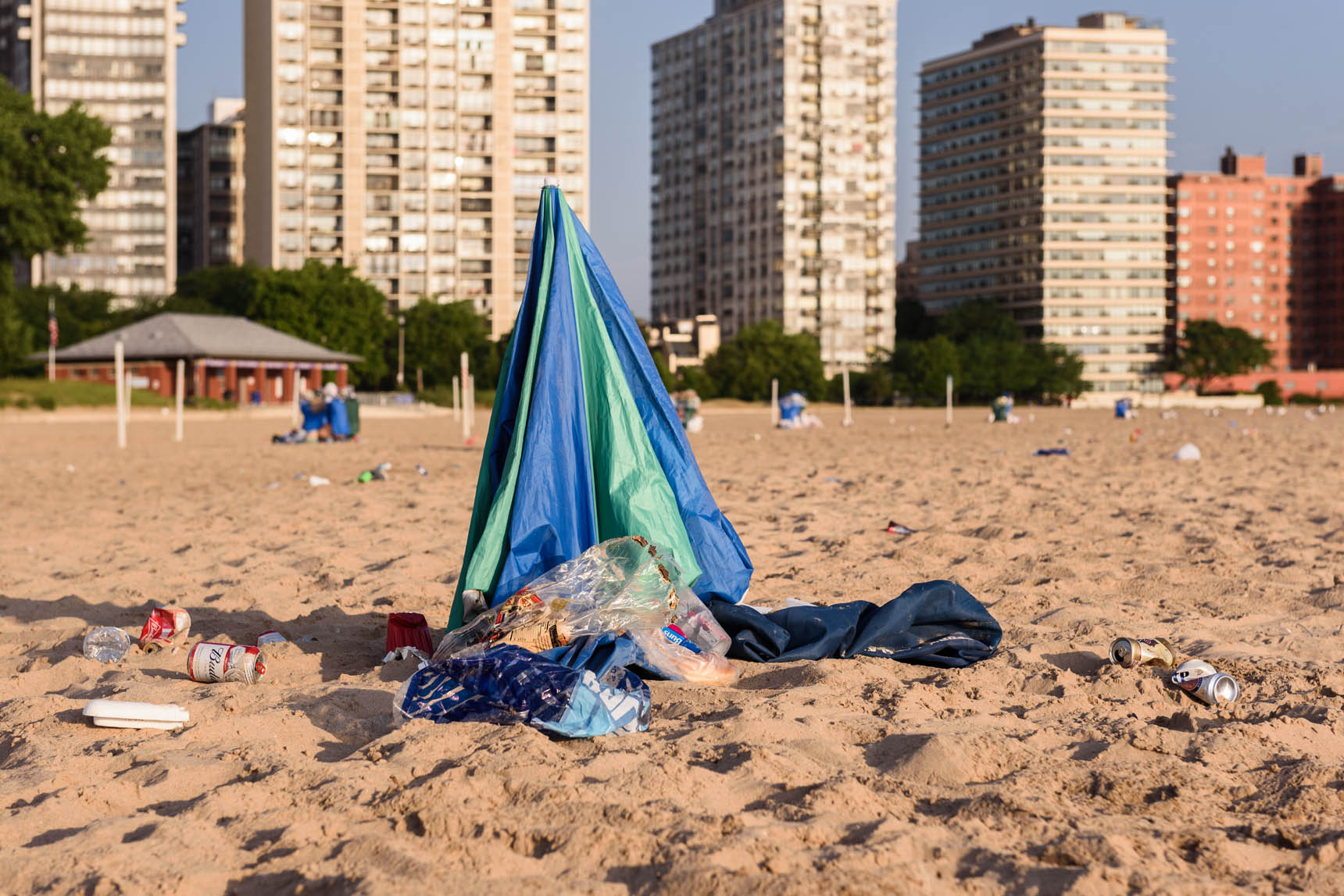
Piles of trash on Kathy Osterman Beach after the Fourth of July (July 5, 2018). You can see more images from the holiday weekend on my Instagram account.
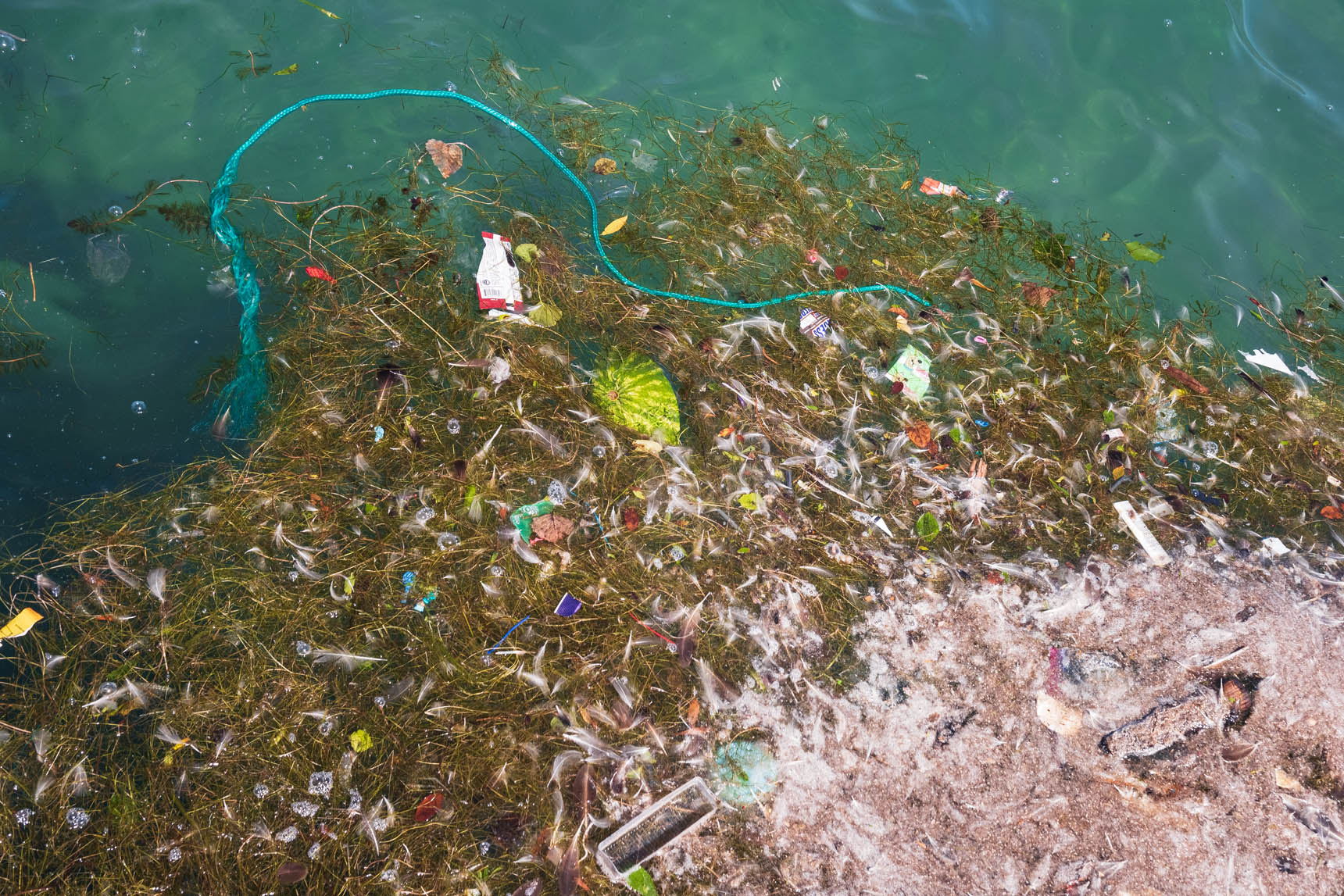
Plastic waste floating in Lake Michigan (July 8, 2018).
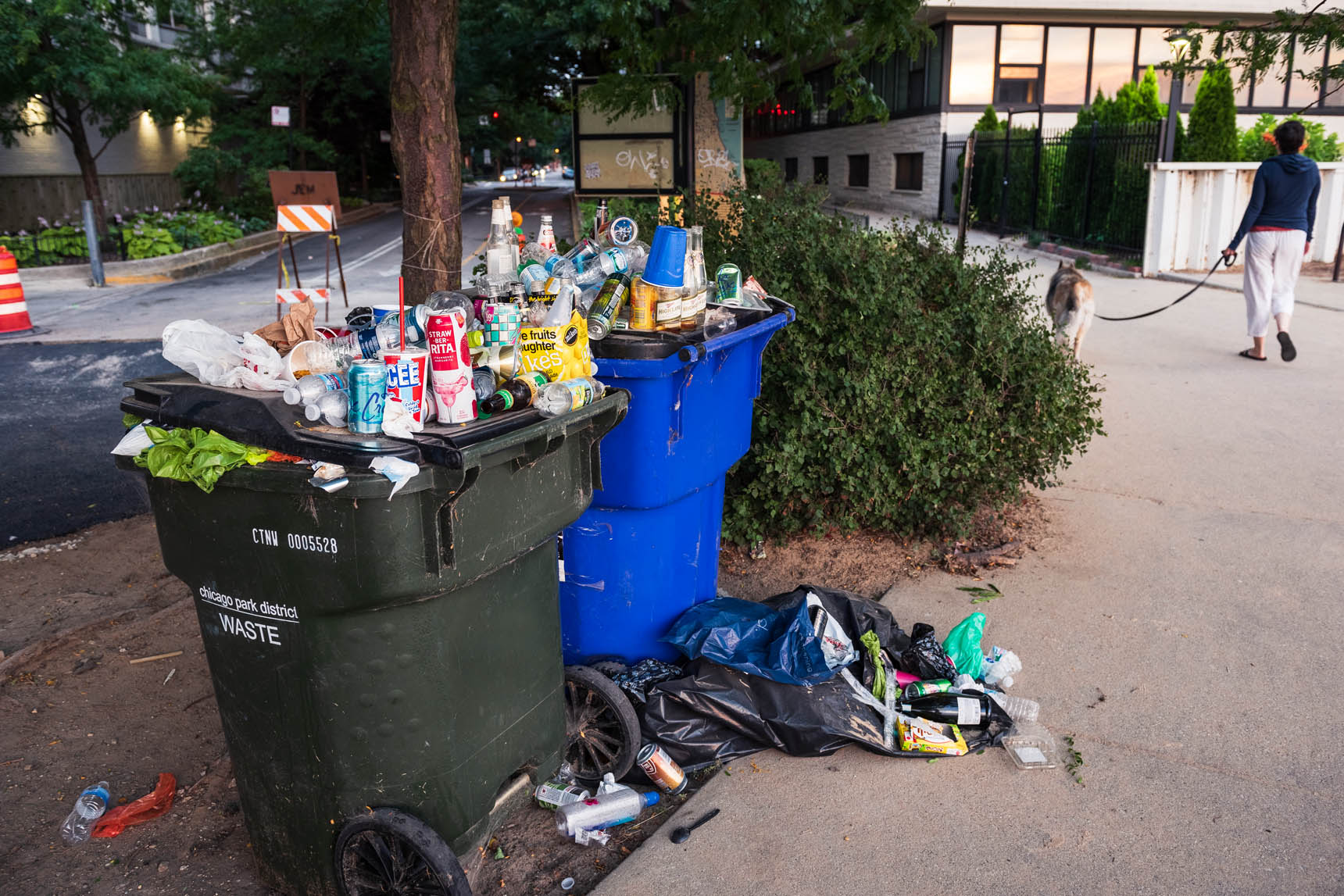
Overflowing bins steps away from Lake Michigan (July 31, 2018).
The Chicago Park District cleans up the beaches of Chicago between Memorial Day Weekend and Labor Day Weekend — basically, the end of May to the beginning of September. What is littered on the beach outside of that period has a higher likelihood of remaining on the beach, or ending up in Lake Michigan and the Great Lakes.
When the weather gets colder in Chicago, fewer people visit the beach; though you will still find plastic pollution along the shores of Lake Michigan. The plastic pollution that is already in the Great Lakes moves around with the currents, and it eventually reaches land.
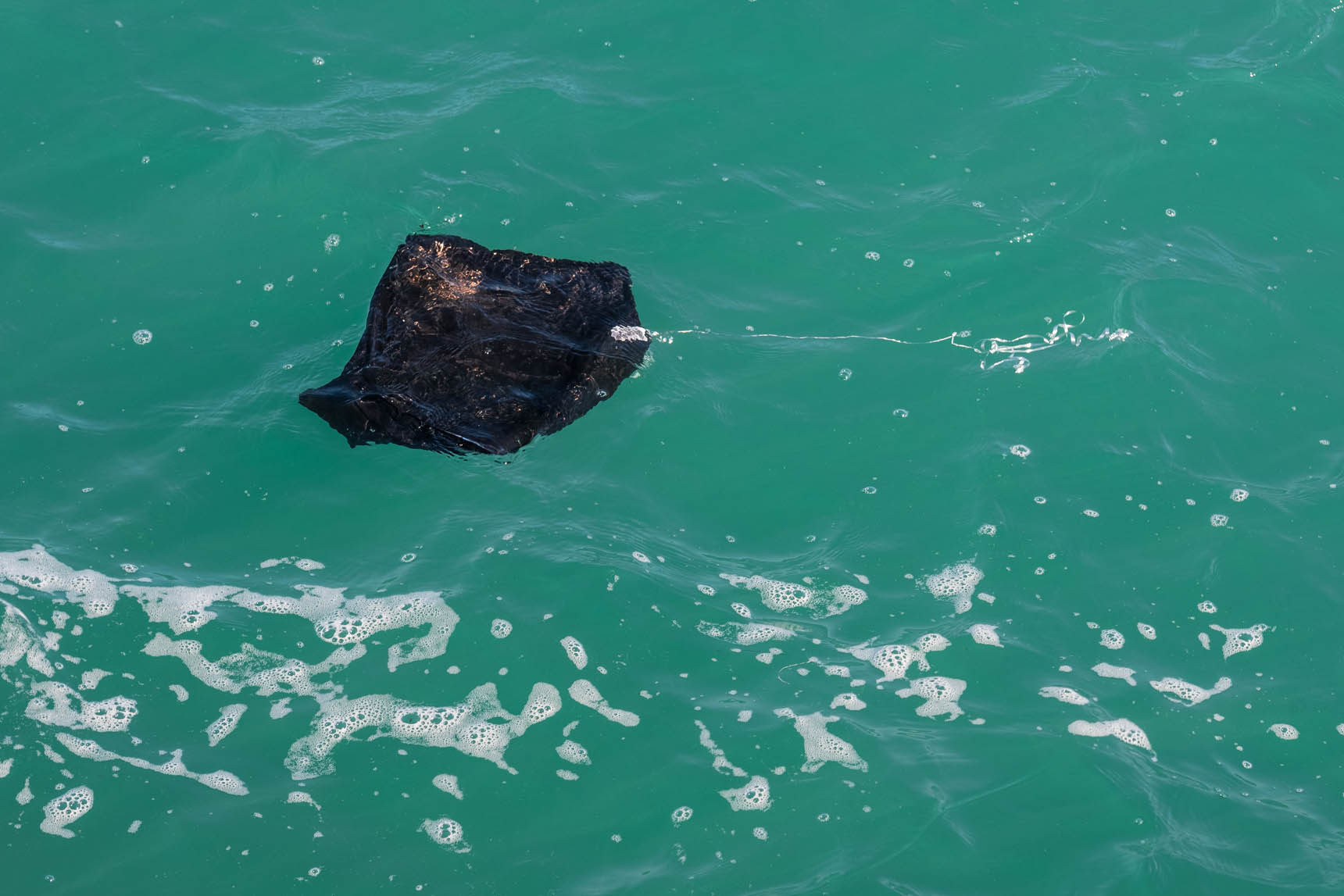
A mylar balloon floats in the waters of Lake Michigan (September 23, 2018).
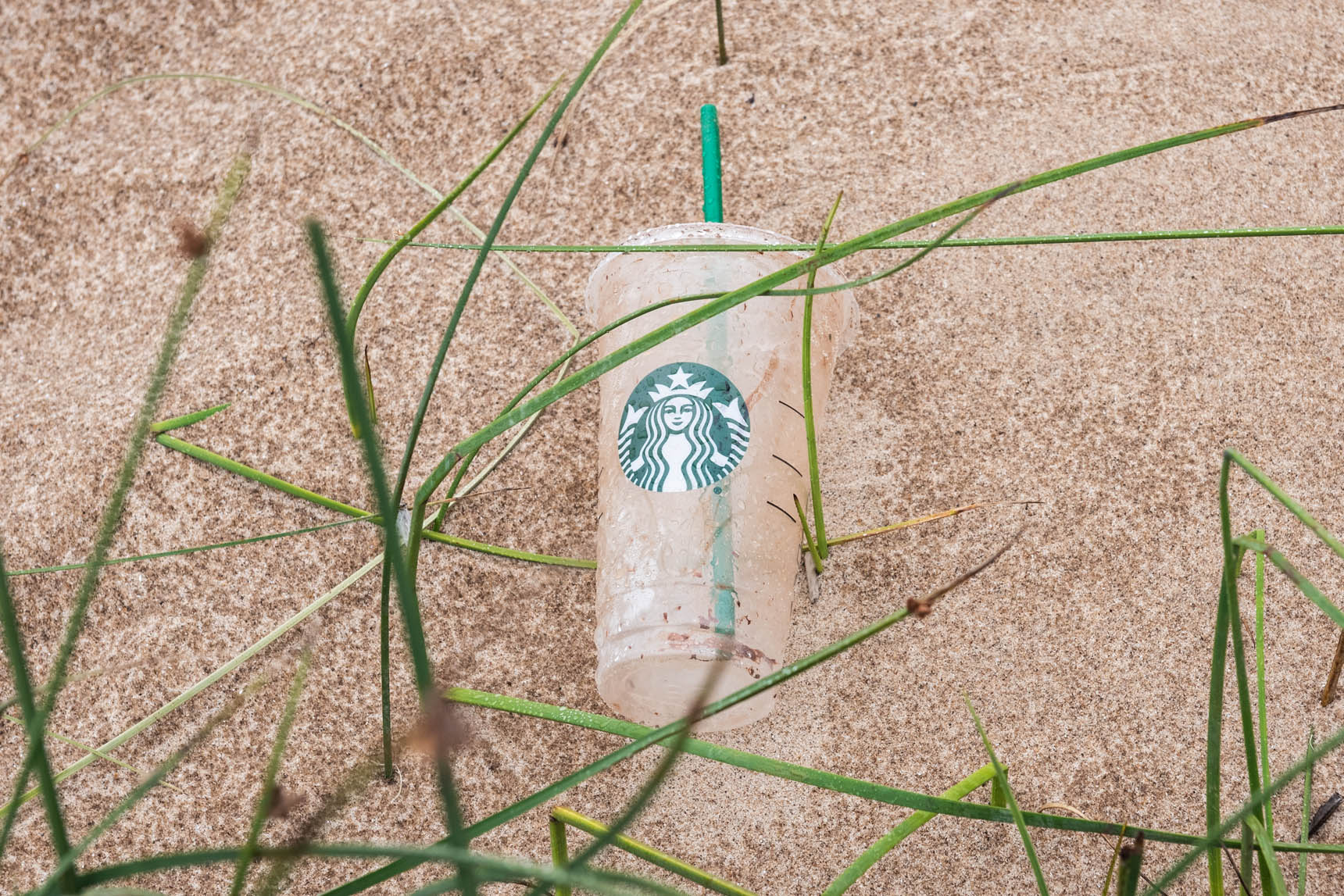
A single-use plastic cup is littered on the sands of Kathy Osterman Beach (September 24, 2018).
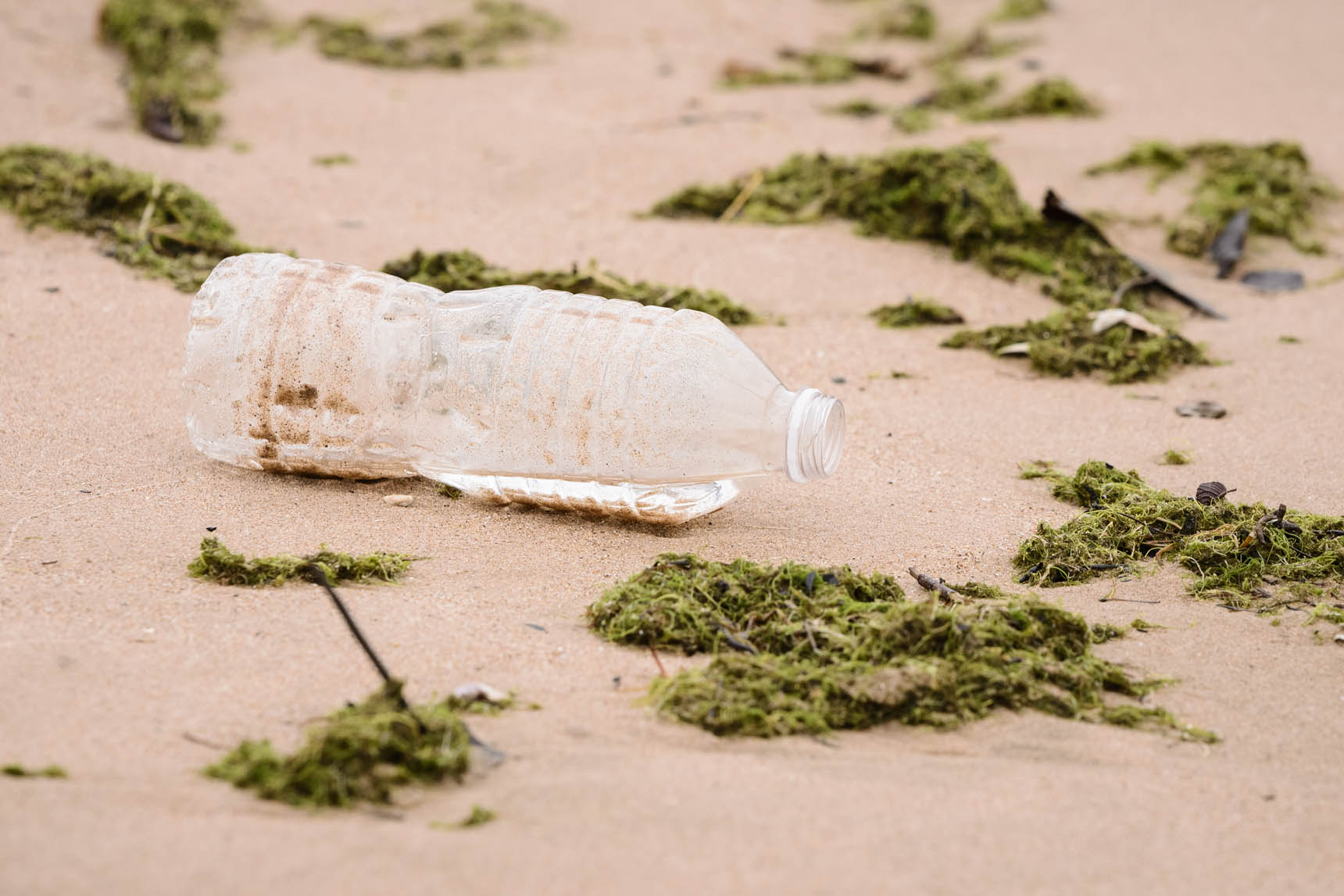
Washed ashore: a plastic water bottle along the coastline of Lake Michigan (October 2, 2018).
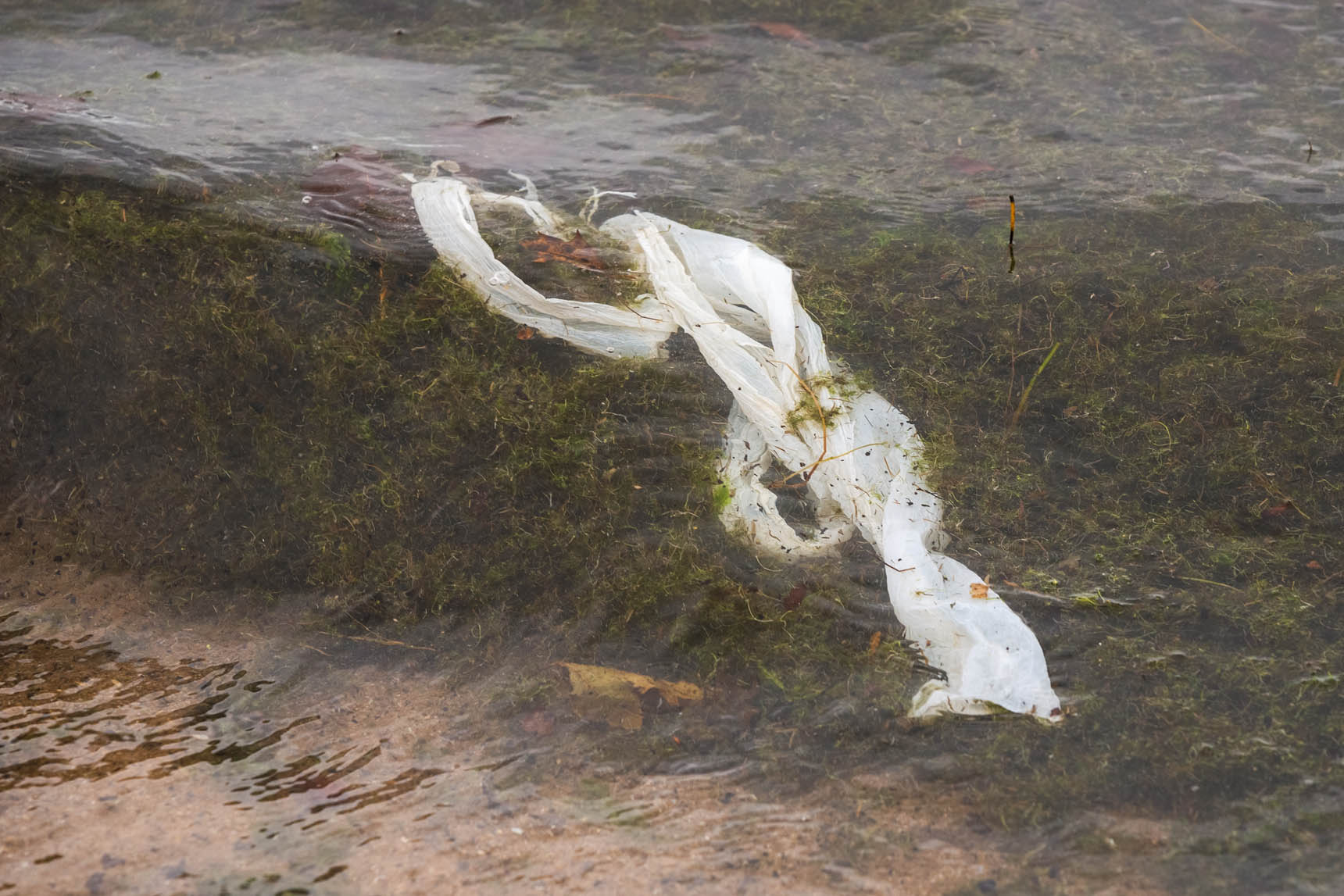
A plastic bag in the waves of Lake Michigan (October 2, 2018).
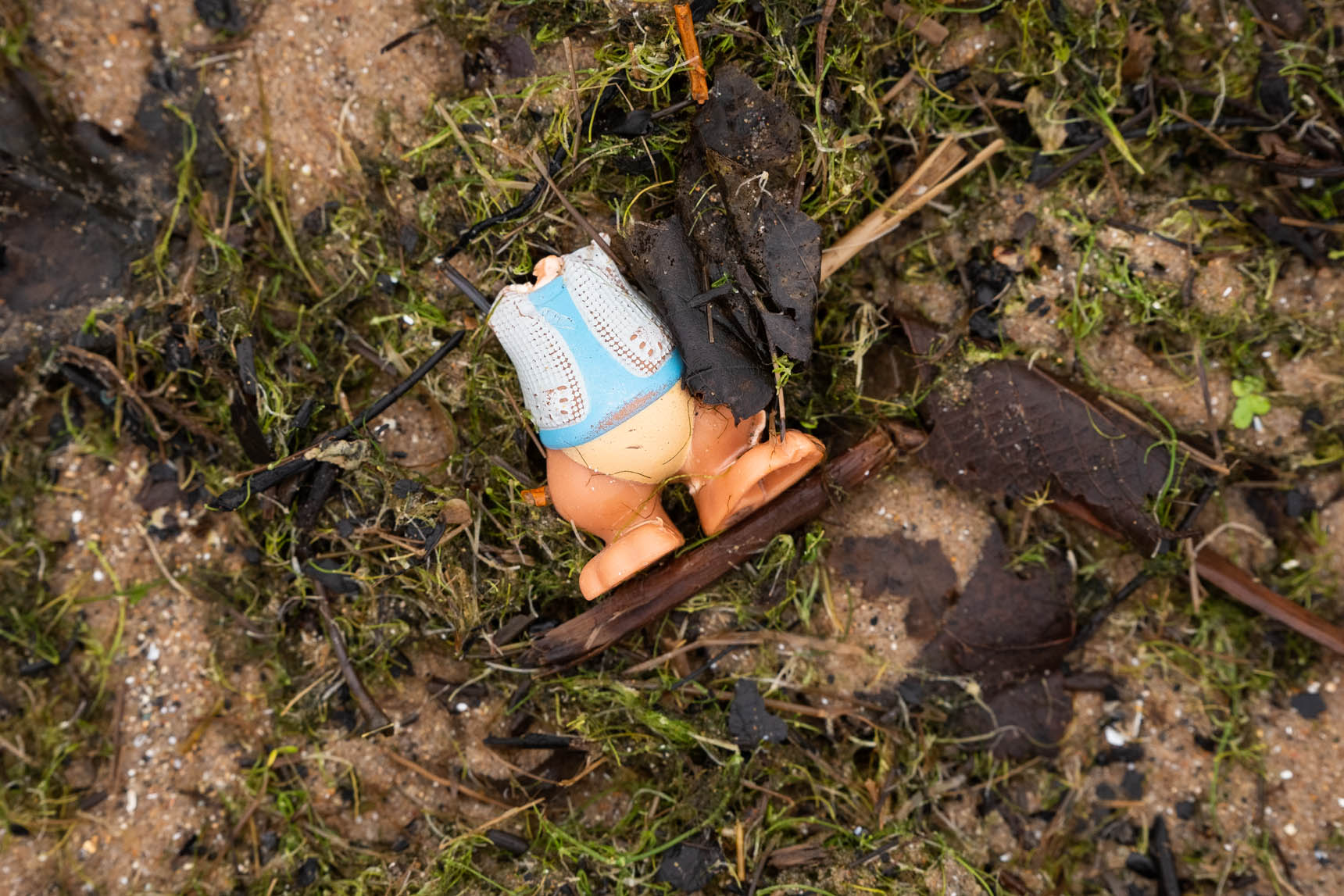
Washed ashore: part of a toy figurine made from plastic (October 2, 2018).
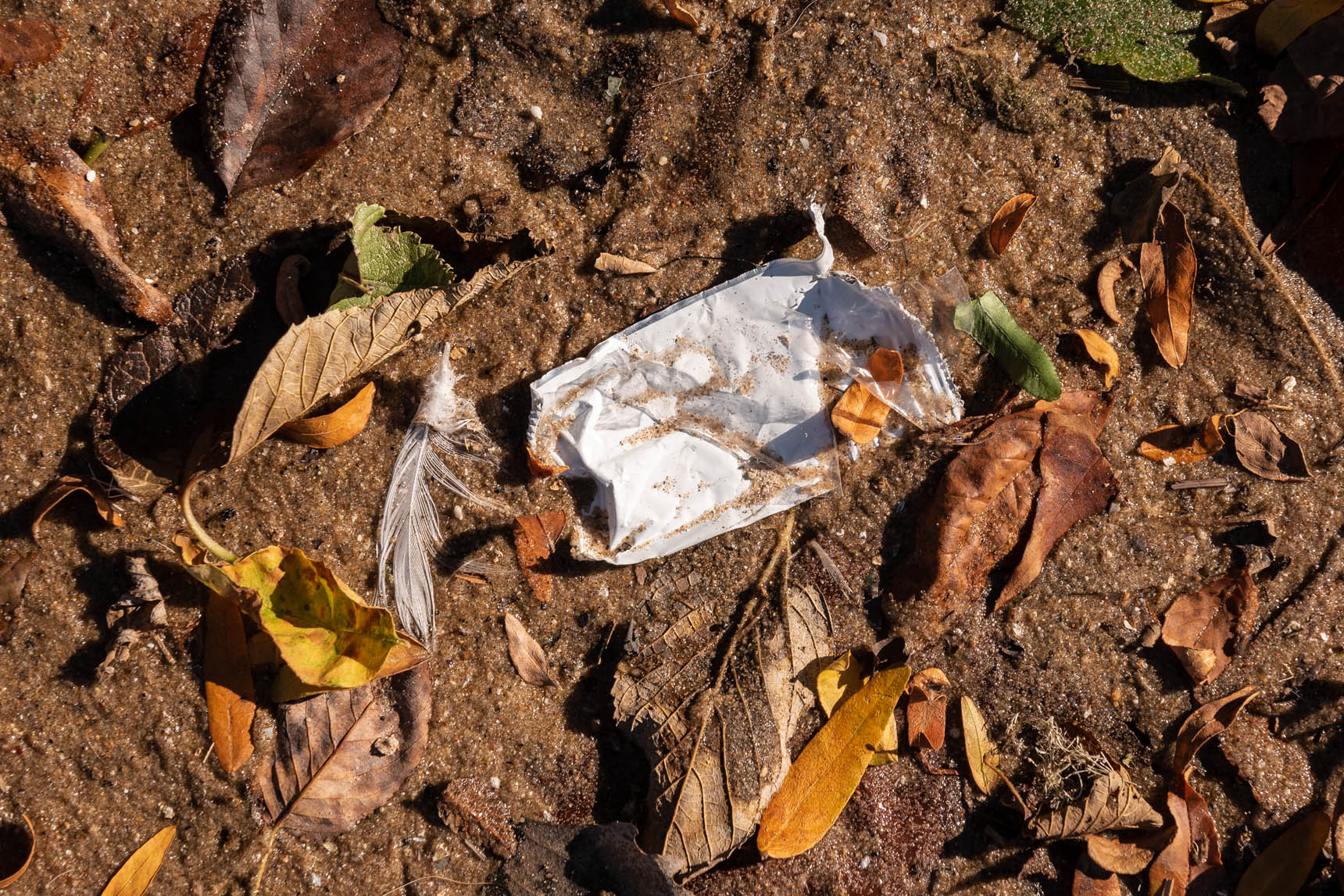
A discarded condiment package (October 17, 2018).
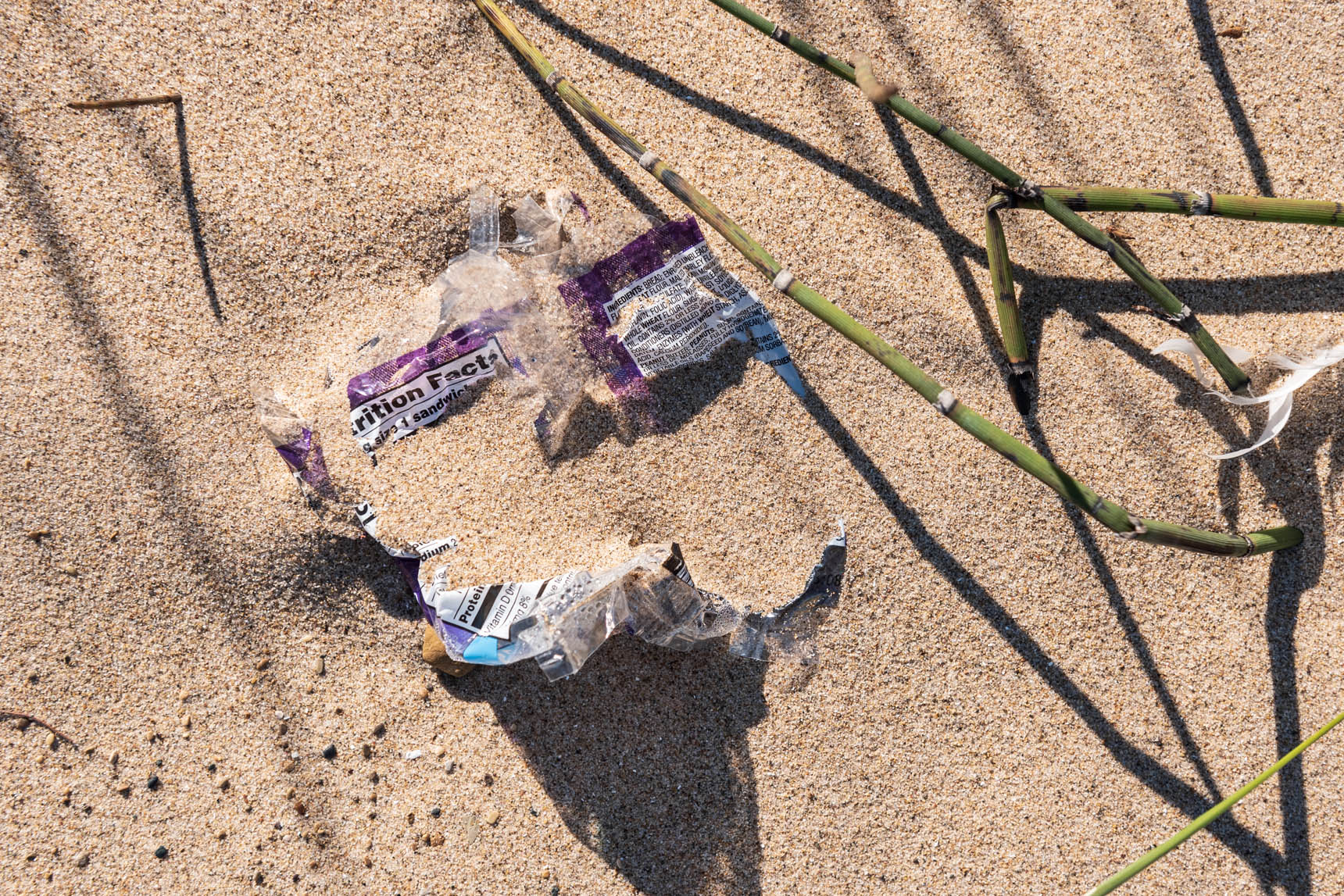
Food packaging (October 17, 2018).
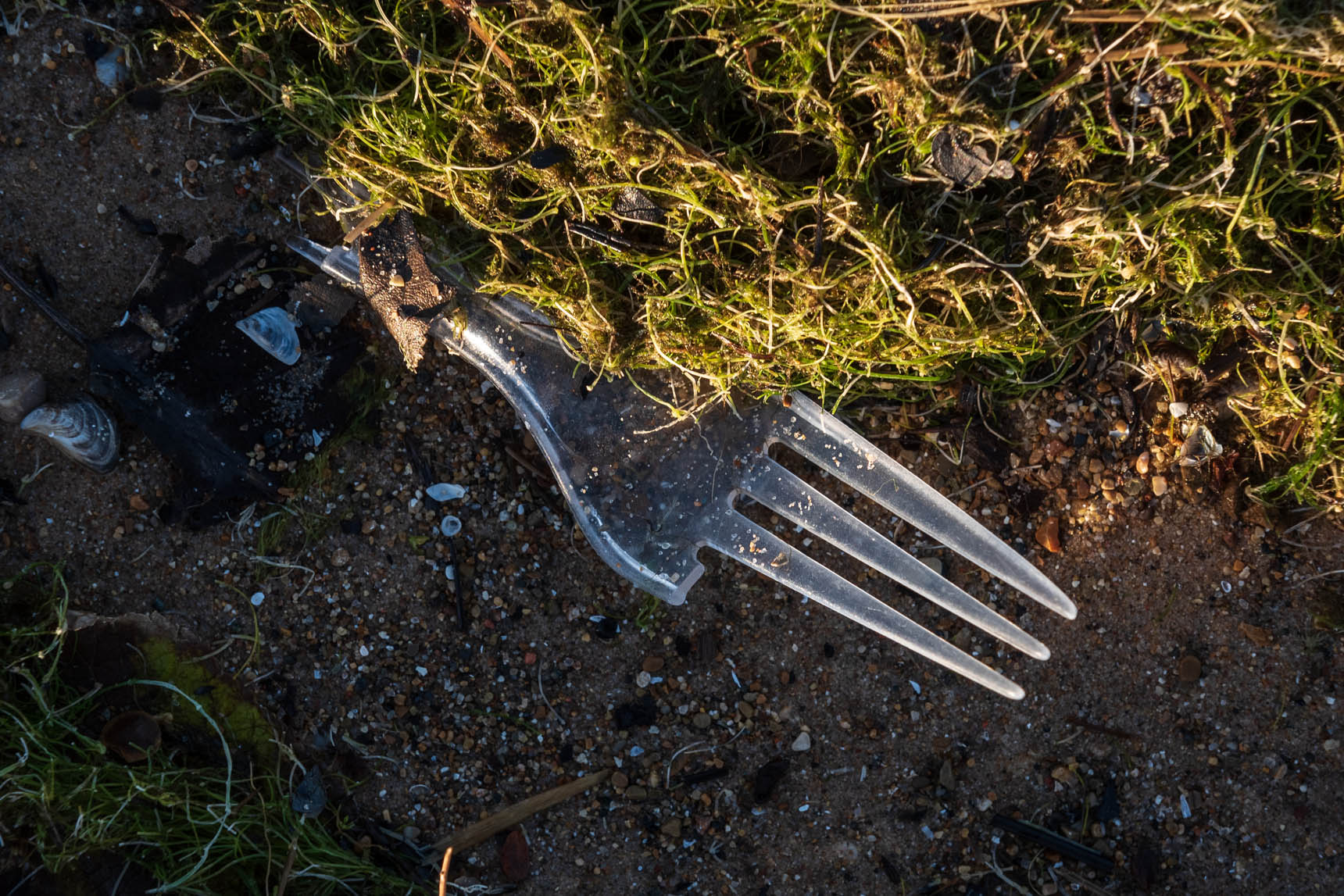
Washed ashore: a single-use plastic fork along the coastline of Lake Michigan (October 22, 2018).
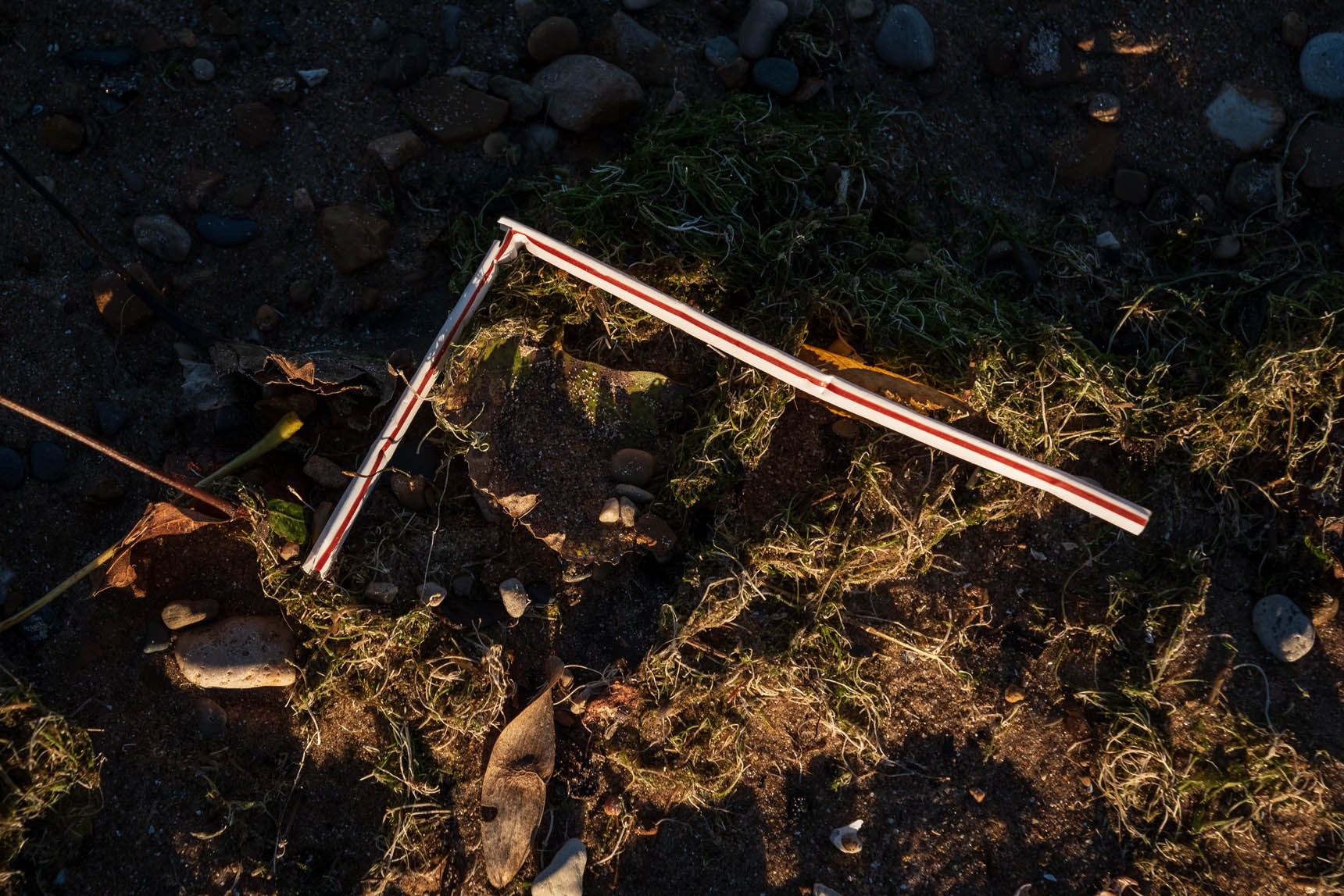
Washed ashore: a single-use plastic straw along the coastline of Lake Michigan (October 22, 2018).
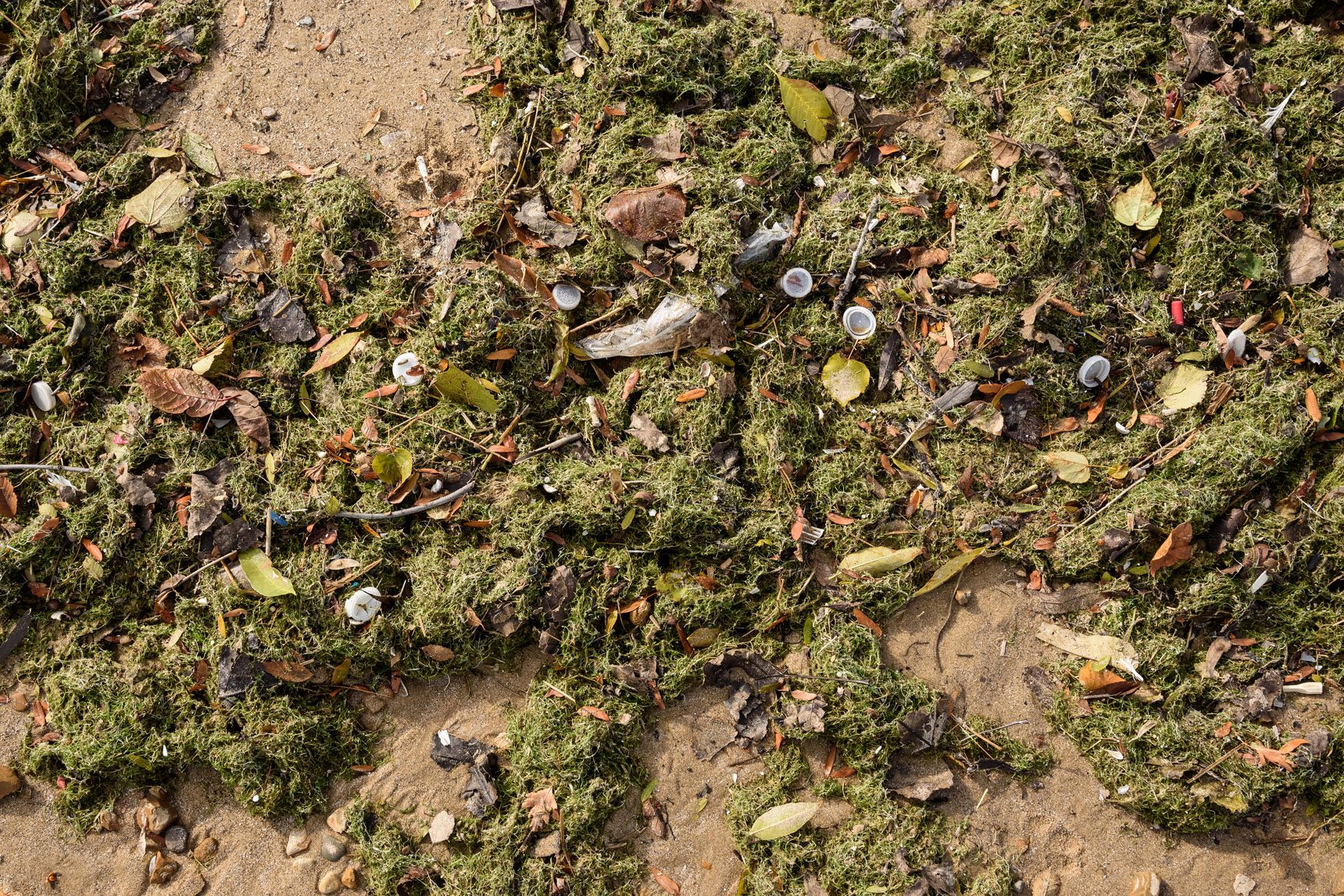
Washed ashore: a variety of plastic debris that is hard to see (October 29, 2018). Inside this pile, you will find bottle caps, plastic film, cigarette butts, and plastic fragments.
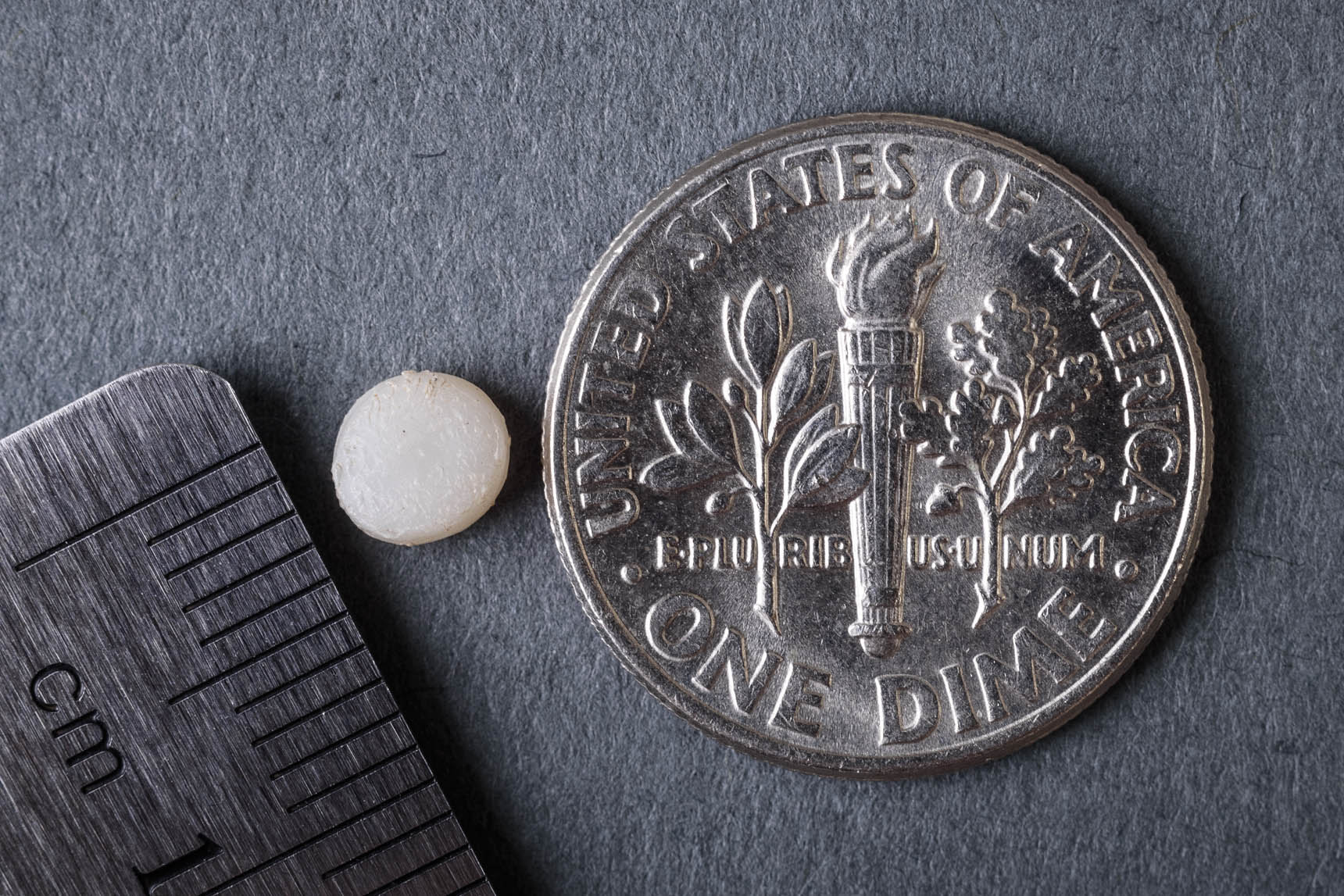
This is a plastic nurdle I found at Kathy Osterman Beach (October 31, 2018). Due to their size, I wanted to better illustrate the difficulties of locating plastic nurdles on the beach — and the tedious task of removing them from the environment.
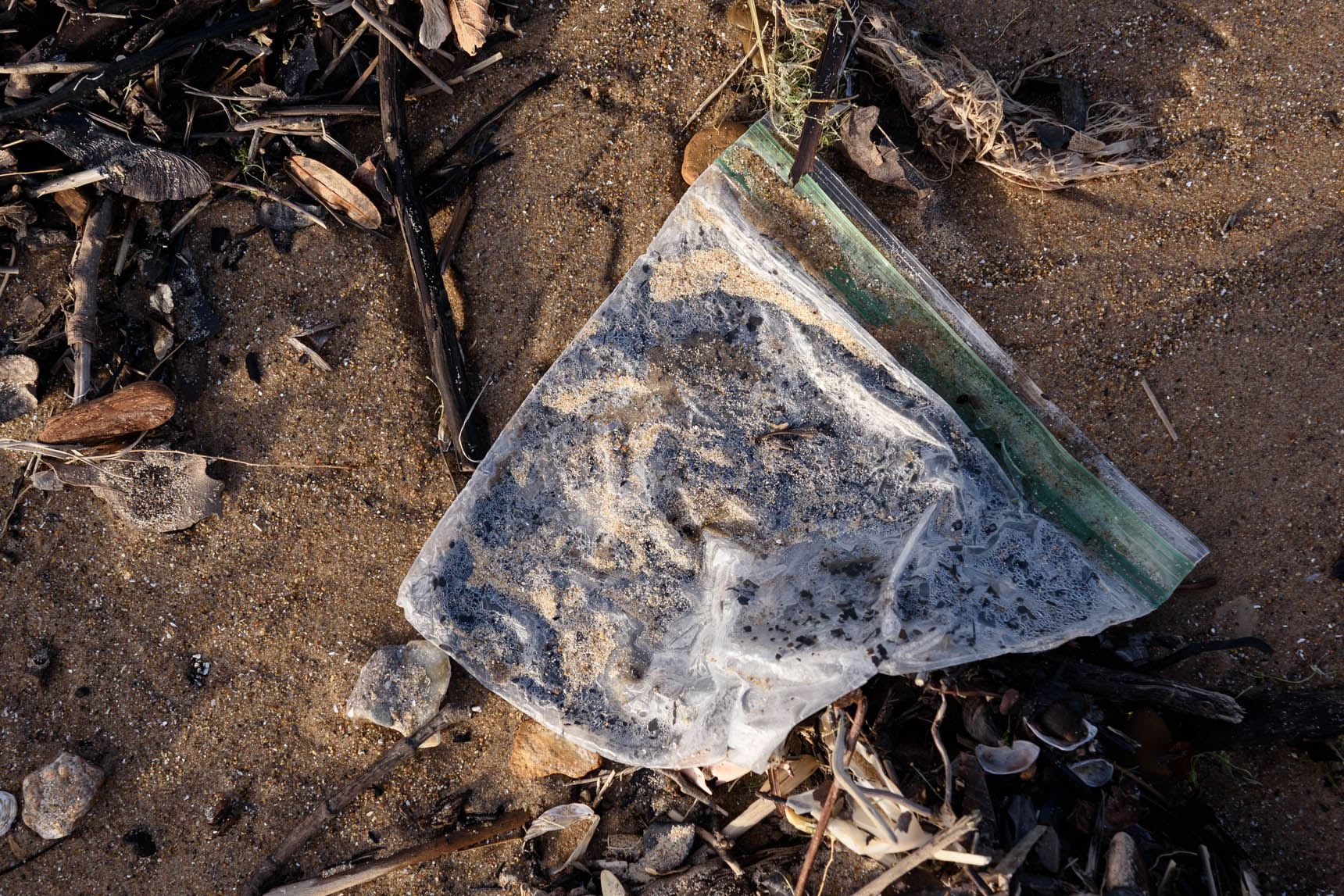
Washed ashore: a plastic Ziploc baggie (November 28, 2018).
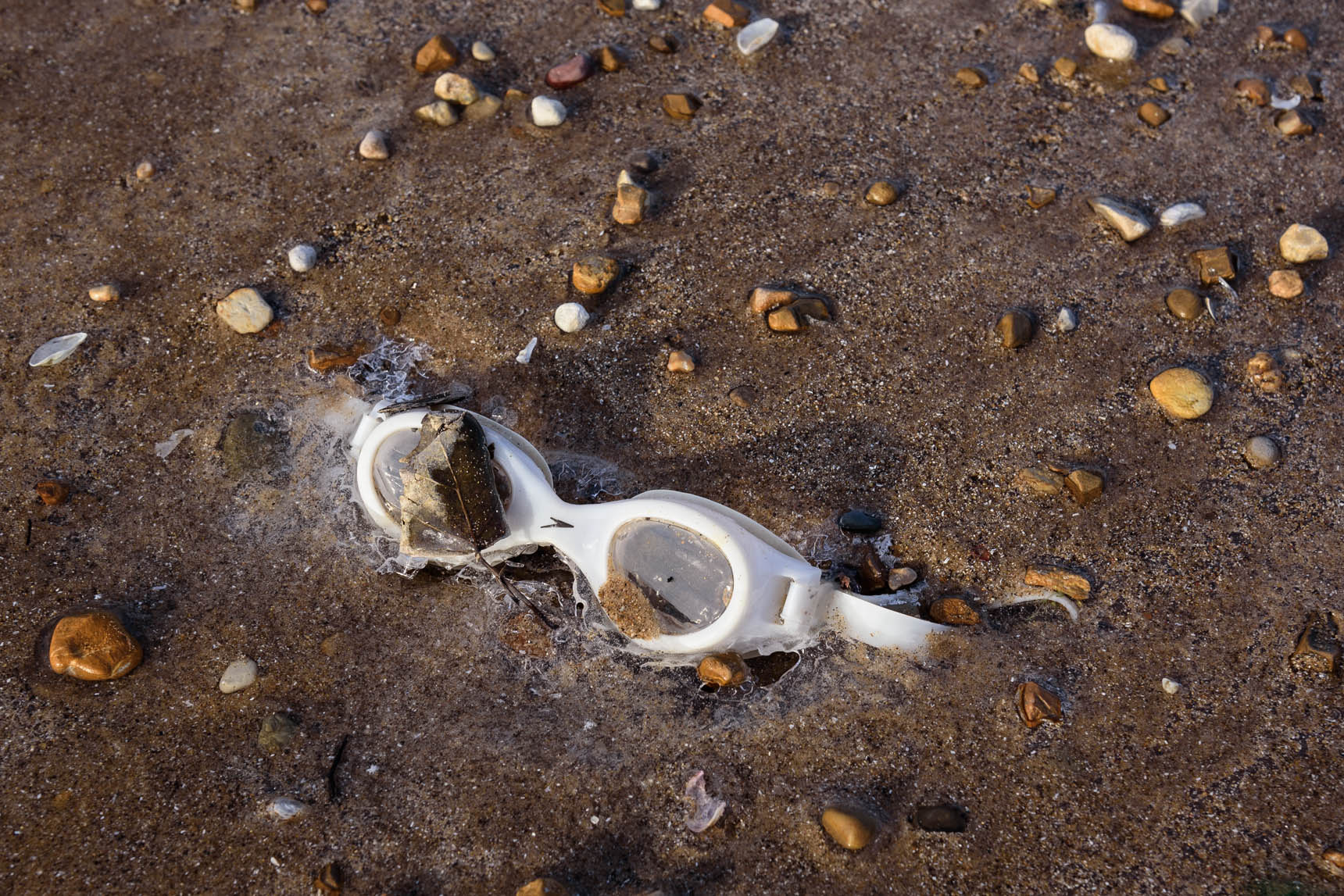
Washed ashore: frozen swim goggles (November 28, 2018).
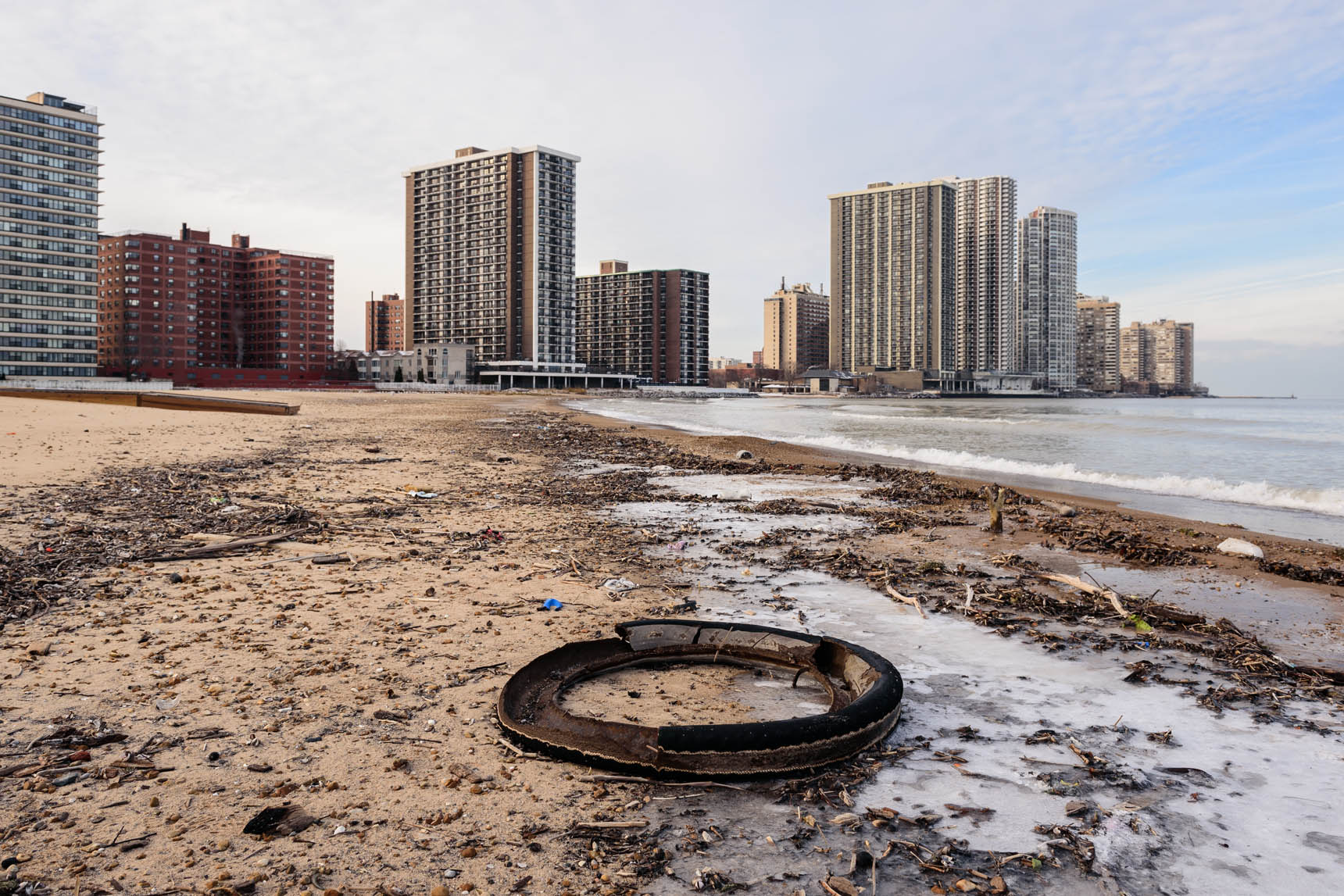
Washed ashore: a variety of garbage and plastic debris (November 28, 2018).